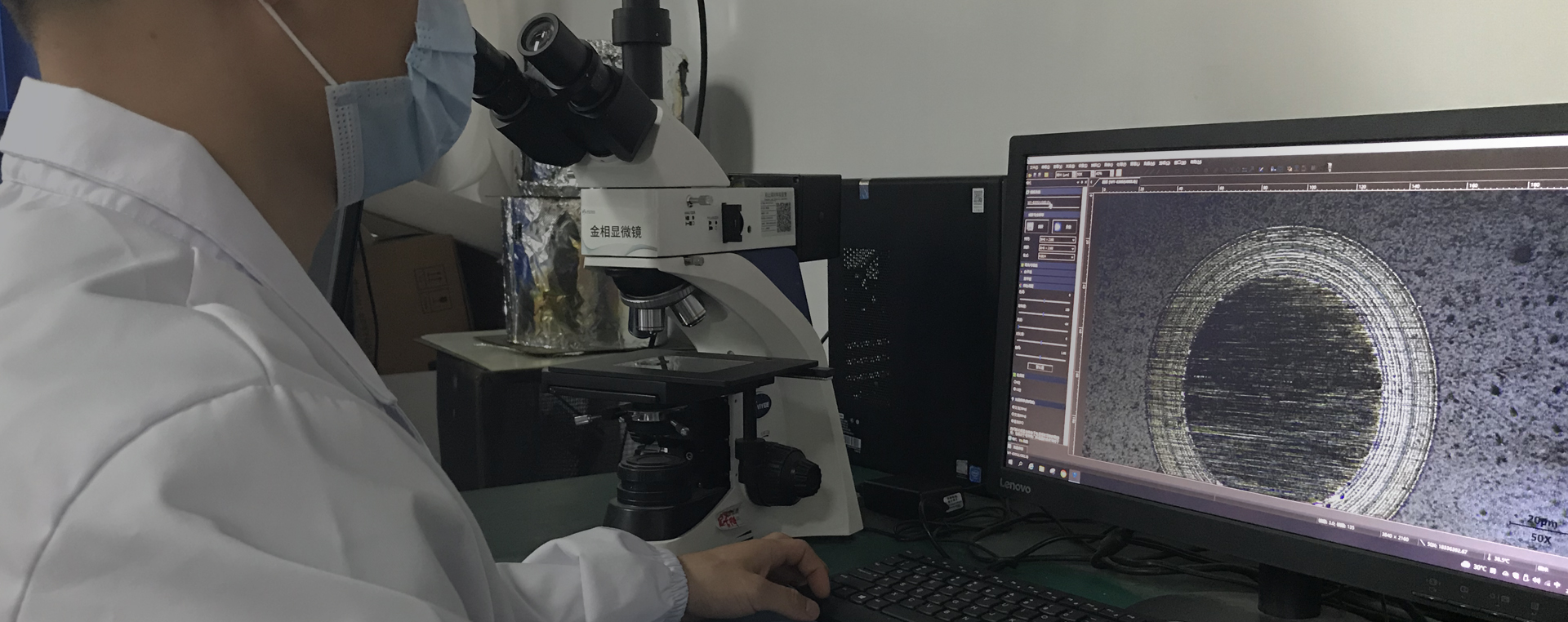利用HiPIMS制备出的Ti-Si-N薄膜硬度可以达到66GPa!
The introduction
Ti-si-n is considered to be a high hardness film layer, and Veprek (1999) proposed a structural model that believed that amorphous contains nanocrystalline structure. This is somewhat similar to the asphalt and stone pavement structure we see. Here the size of nanocrystalline and the amount of amorphous content is very particular. Too much is no good, too little is no good.
Since Veprek proposed this PVD coating hardening model, many attempts have been made. Different methods, such as multi-arc, magnetron, composite PVD+PECVD method and so on, have been used to get good results.
After the appearance of HiPIMS (also born in 1999), Ti-Si-N thin films were also prepared using this high energy pulsed magnetron. The hardness of TiSiN films prepared by Russian scientists can reach 66GPa, which is amazing.
Dot eyeball
1) Ti-SI-N has been proven to have high hardness and wear resistance.
2) High energy pulsed magnetron (HiPIMS) technology changes the traditional magnetron discharge characteristics and obtains the high degree of ionization of sputtered particles. The structure of ti-si-n is further optimized, and the hardness can reach 66GPa.

content
The authors of the index used high-power pulsed magnetron sputtering for discharge (laboratory target size is 100mm diameter, 5mm thickness, si10%). Discharge current can be up to 400A.
Their discharge power supply is very good and has a small initial discharge current, which is used to stabilize the discharge. This is similar to DC+PulseHiPIMS studied by HIT. High-energy pulse discharge does have an effect. There are 2-valent Ti and Ar ions in the plasma, and the peak positions of the ions are very high (see figure below). This changes the dynamics of the bombardment of the membrane.
Under the pulse current of 160A, the element contents of the film deposited are Ti (about 41%), Si(about 5%) and N (about 55%), the film deposited 1.2um, the hardness of the film reached 66GPa, and the friction coefficient was also very low, only 0.54. The wear resistance is greatly improved.
conclusion
1) With the development of PVD dural technology, the application of plasma plating technology is in the ascendant in China. In the coating need to work on several technical details, such as coating before the furnace and furnace cleaning, film structure design, bias design, plasma source design and plasma power supply design and so on.
In particular, the design of plasma power supply is particularly important, because it may produce abnormal discharge, which will cause a series of nonlinear and non-equilibrium effects, including plasma discharge and membrane growth, which provides great imagination space for membrane structure design and performance improvement.
2) Here is the result of Ti-SI-N studied by Russian scientists, which can be applied in many ways. Russia has done very well in the theory and practice of coating discharge.
3) The benefits of high-power pulse magnetron, which will not be described here, have been reported in many literatures. Extensive testing and scenario validation may be required to advance the technology rapidly and widely.
 18922924269
18922924269
